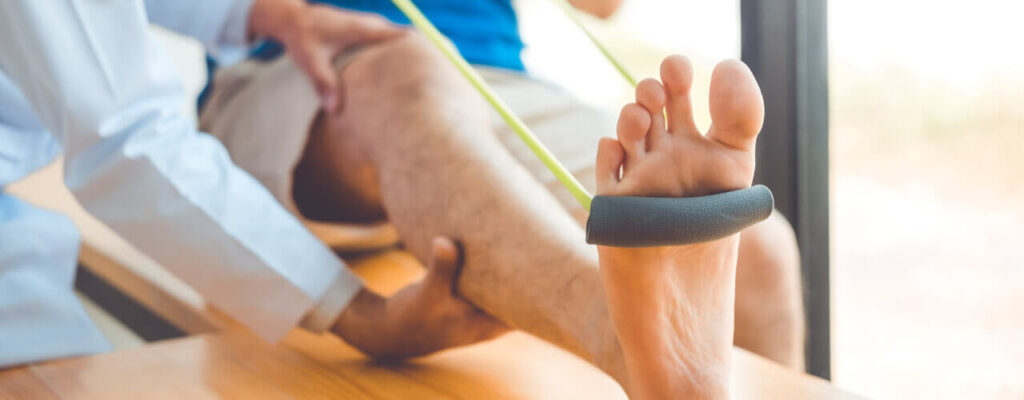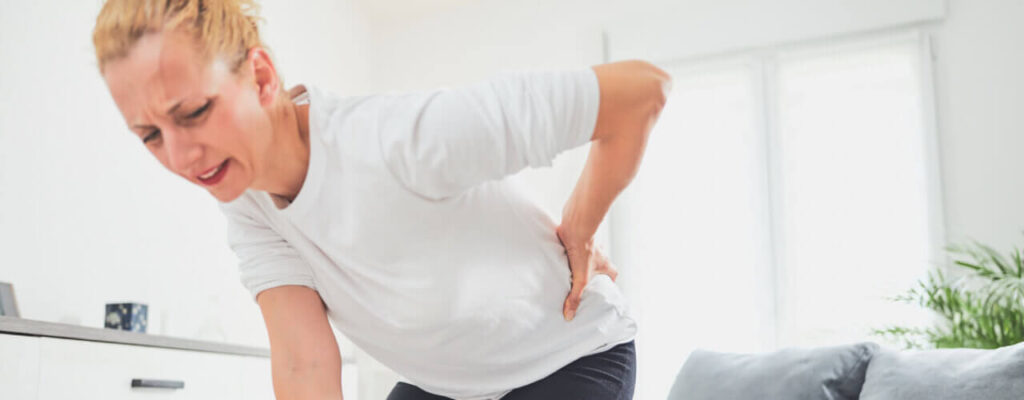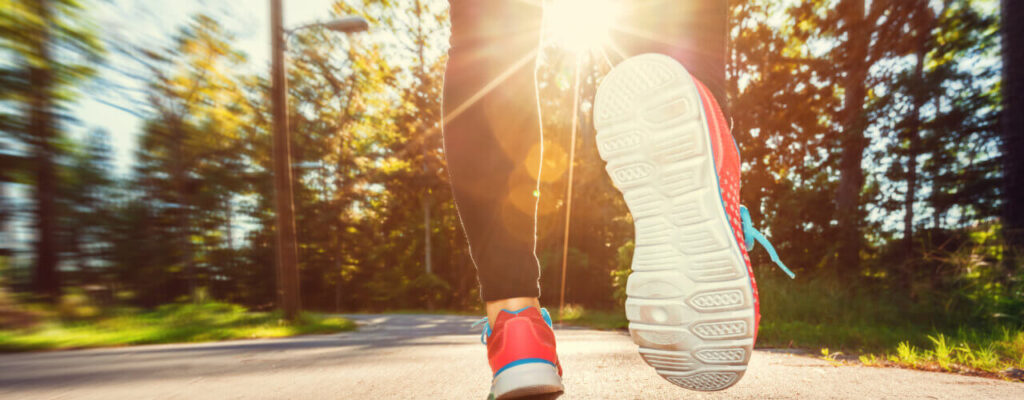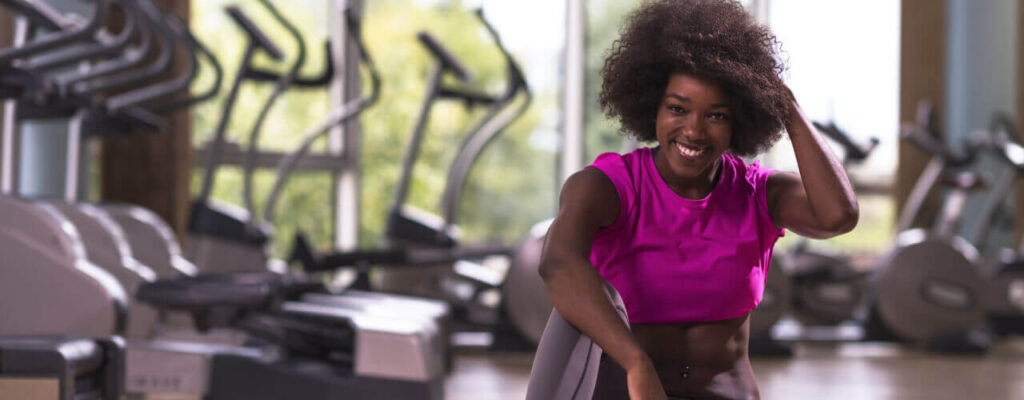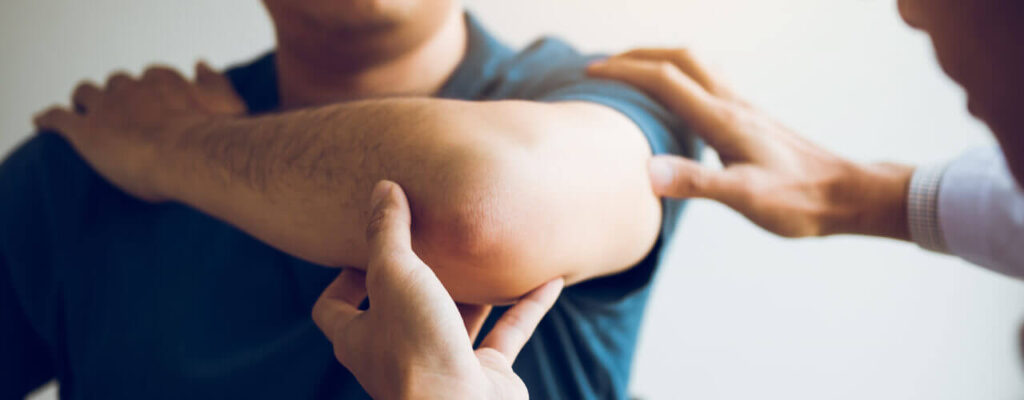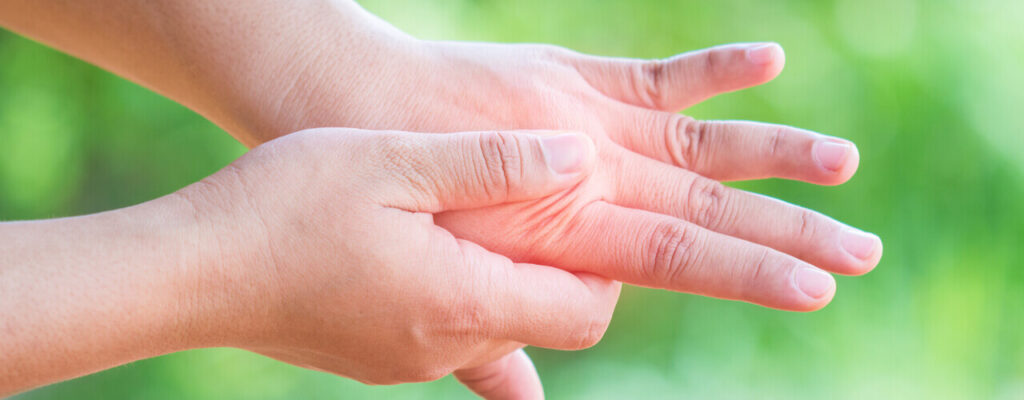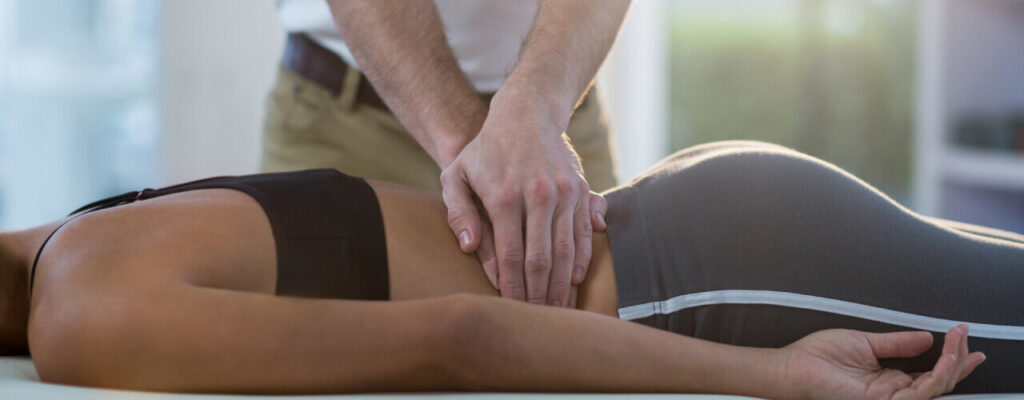Blog
Apr 10, 2024
Health & Wellness, ...
5 Reasons You Need To Stretch More Often
Mar 10, 2024
PHYSICAL THERAPY, Natural ...
Here’s What You Don’t Know About Finding Relief For Hip and Knee Pain
Mar 10, 2024
Back Pain Relief, ...
6 Tips To Increase Your Daily Physical Activity
Feb 20, 2024
Uncategorized
Physical Therapy Can Help You Solve Your Chronic Pain Problems
Feb 10, 2024
Uncategorized
6 Improvements Physical Therapy Can Make To Your Health
Jan 20, 2024
LOWER BACK
Fight Back Pain With Physical Therapy Treatment
Jan 10, 2024
SCIATICA PAIN
You Don’t Need Drugs For Arthritis Relief
Dec 20, 2023
Health & Wellness, ...
Do You Think You Have Arthritis? Get To The Source of Your Pain With Physical Therapy!
Dec 10, 2023
Natural Pain Relief, ...
Discover The True Culprit Behind Your Back Pain
Nov 20, 2023
Health & Wellness, ...

